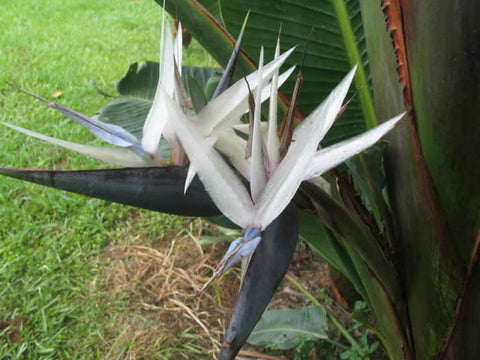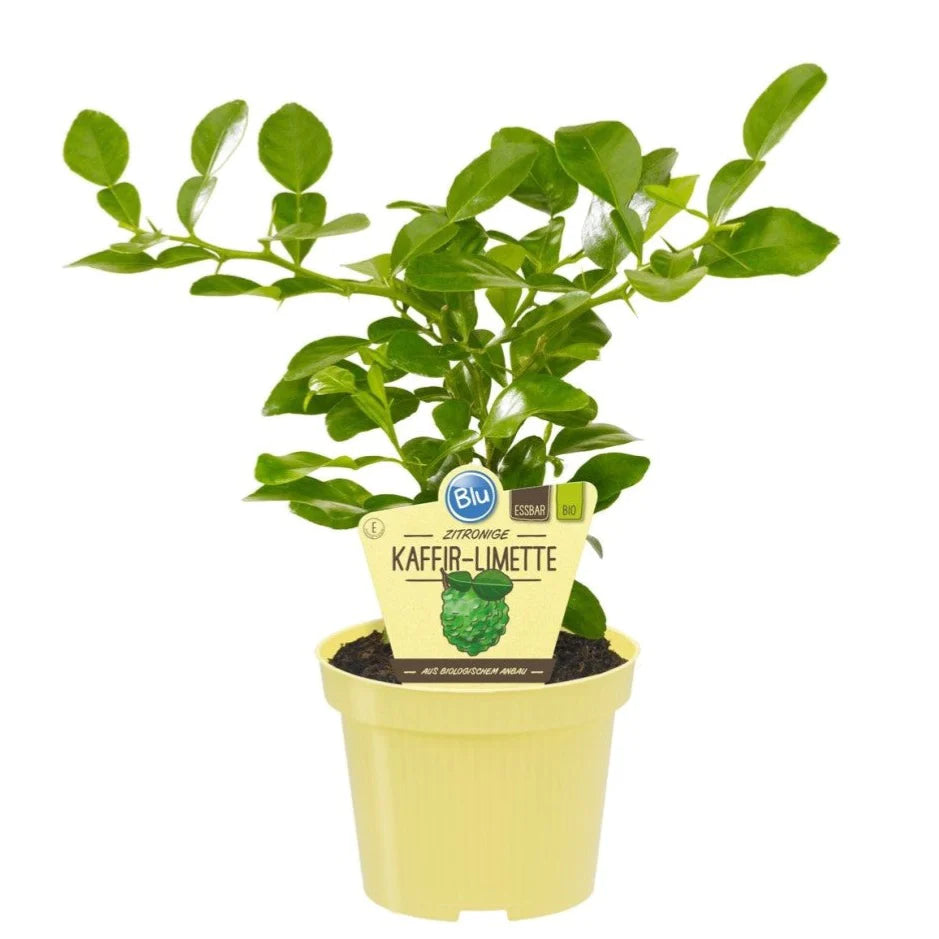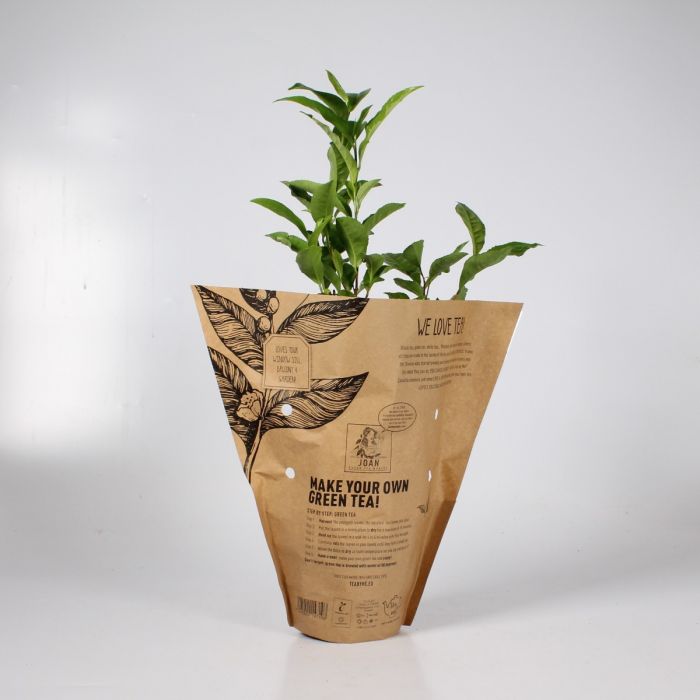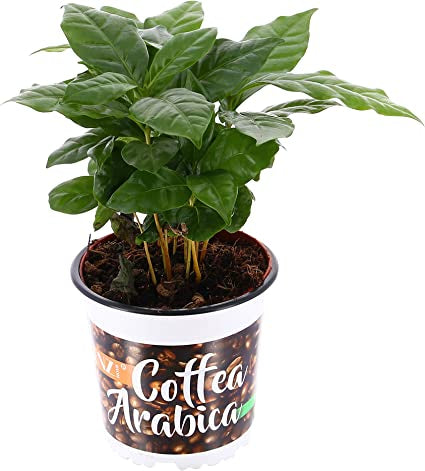Your Cart is Empty
FREE DELIVERY OVER £60
FREE DELIVERY OVER £60
PLANTS & FLOWERS
Office plants & Services
EXTERIOR PLANTING
CHRISTMAS TREES AND DISPLAYS
Exotic Allure: Exploring the Captivating World of Strelitzia - The Bird of Paradise Plants
4 min read

Strelitzia: General Knowledge and Origin
The Strelitzia genus is a group of five species of perennial plants, native to South Africa. These plants are best known for their distinctive, brightly colored flowers, which resemble birds in flight, leading to their common name, "bird of paradise."
Origin:
Strelitzia is native to the eastern parts of South Africa. The genus was named in honor of Queen Charlotte of the United Kingdom. Queen Charlotte was originally a princess from the Duchy of Mecklenburg-Strelitz, hence the name "Strelitzia." The genus was named by Sir Joseph Banks, who was the director of the Royal Gardens at Kew, in England.
Species and Description:
The five species within the Strelitzia genus include: Strelitzia reginae, Strelitzia nicolai, Strelitzia juncea, Strelitzia caudata, and Strelitzia alba.
-
Strelitzia reginae, often simply called "bird of paradise," is the most well-known species. Its flowers are bright orange and blue, and the plant typically reaches a height of around 3-5 feet.
-
Strelitzia nicolai, or the giant bird of paradise, is much larger, reaching up to 20 feet in height. Its flowers are white and purple-blue, and its large, banana-like leaves are a notable feature.
-
Strelitzia juncea, the rush-leaved strelitzia or narrow-leaved bird of paradise, is unusual in that it has rush-like leaves that lack a leaf blade. Its flowers are similar to those of S. reginae.

-
Strelitzia caudata, the mountain strelitzia, is a tree-like plant that grows up to 6 meters tall. It has a woody stem and produces white and blue flowers.

-
Strelitzia alba, the white bird of paradise, is a tree-like species that can grow up to 10 meters tall, and it produces white flowers.

Cultural Significance:
The bird of paradise flower is seen as a symbol of beauty and freedom in many cultures. In its native South Africa, it is also known as the "crane flower" and is featured on the reverse of the 50 cent coin.
Cultivation and Care:
Strelitzia plants prefer a sunny or partially shaded location with well-draining soil. They are quite drought-tolerant but prefer regular watering during the growing season. Fertilizing during the growing season can also help promote more prolific blooming. They are generally pest-resistant, but can occasionally suffer from scale insects or mealybugs.
Strelitzia plants can be grown from seed, but it's a slow process - it may take up to 7 years for the plant to bloom for the first time. They can also be propagated from divisions.
What is the difference between Strelitzia reginae and Nicolai?
Strelitzia reginae, often known as the bird of paradise, and Strelitzia nicolai, or the giant white bird of paradise, are both species within the Strelitzia genus, named after the duchy of Mecklenburg-Strelitz in Germany. They are indigenous to South Africa and are known for their striking, exotic flowers that resemble birds in flight.
Here are some of the key differences between the two species:
1. Size and Growth Habit:
-
Strelitzia reginae: This species typically grows up to 3-5 feet in height and spreads up to 2-3 feet. It forms clumps of stiff, upright stems that carry broad, banana-like leaves.
-
Strelitzia nicolai: Also known as the giant bird of paradise, this species can grow up to 20 feet tall, resembling a small tree rather than a plant. The leaves are arranged in a fan-like manner, also resembling those of a banana plant, but much larger.
2. Flower Appearance:
-
Strelitzia reginae: The flowers of this species are bright orange and blue, emerging from a beak-like structure (hence the name 'bird of paradise'). They're quite showy and often used in cut flower arrangements.

-
Strelitzia nicolai: The flowers of this species are white with a blue-purple tongue, and while they're equally exotic, they're not quite as brightly colored as those of the reginae species. They also appear at a much higher height due to the plant's size.


3. Climate and Care:
-
Both species require full sun to partial shade and well-draining soil. They can tolerate a range of soil types, from sandy to clay, as long as the soil doesn't remain soggy. They're quite drought-tolerant once established, but they prefer regular waterings during the growing season.
-
Strelitzia reginae tends to be more cold-tolerant than the nicolai species, surviving temperatures down to about 24°F (-4°C). However, it will not bloom if the temperature drops too low. On the other hand, Strelitzia nicolai prefers a more tropical climate and may not survive temperatures below 28°F (-2°C).
4. Indoor vs. Outdoor Growth:
-
Strelitzia reginae: Due to its more manageable size, the reginae species is often grown as an indoor plant in cooler climates. It can also be kept outside during the warmer months and brought indoors when the temperatures drop.
-
Strelitzia nicolai: Due to its size, the nicolai species is more suited to outdoor growth in a suitable climate. It can be grown in a pot and kept outdoors, but it may become too large for indoor spaces.
While the two species have some differences, their care requirements are fairly similar. Both make stunning additions to a garden, whether for their unusual, bird-like flowers or their tropical, lush foliage.
Leave a comment
Comments will be approved before showing up.
Subscribe
Sign up to get the latest on sales, new releases and more …







 Order Bird of Paradise
Order Bird of Paradise 






































